Can Jasmine Grow In Shade?
Yes, Jasmine can grow in the shade. However, it will take a little longer to flower and produce the same amount of flowers as grown in full sun. If you live in an area with a lot of shade, consider growing Jasmine in a container so that you can move it into the sunlight when the days get shorter.
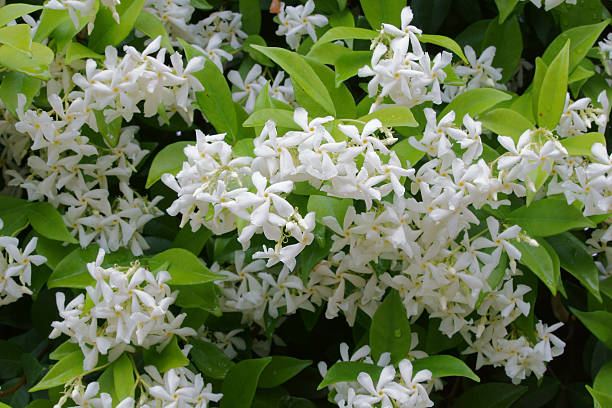
Table of Contents
Does Star Jasmine Prefer Sun or Shade?
Star jasmine grown in full sun will generally grow more quickly, have longer stems, and produce more flowers than one that is not. This plant is still a fantastic choice for a shady location. It will continue to produce beautiful green leaves and flowers even in this environment.
Tips in Growing Shade
Jasmine can grow in the shade. If you have a greenhouse or a potting area surrounded by a sun-shade, then Jasmine would definitely flourish there.
Improve the Soil
When planting star jasmine in full shade, the plant must receive adequate drainage to thrive. Because the soil in full shade will remain wet for a longer period, it is critical to ensure that it drains properly to avoid root rot.
Before planting new star jasmine, combine aged cow manure and compost in a large mixing bowl. This will increase the amount of organic matter in the soil, allowing it to drain more efficiently.
Although the roots will absorb water in this manner, the excess will be allowed to drain away. This is particularly important in the shade to ensure that the plant does not become overly wet, especially in winter.
Exercise Caution When Watering
The next important thing to remember when growing star jasmine in full shade is to be cautious when watering. Shaded plants require less water because the soil does not dry out as quickly as sun-grown plants. Finger-test the soil before watering. When the topsoil is completely dry, you can add water to the soil.
It is critical to water star jasmine thoroughly to encourage it to develop deep roots and become more drought tolerant as the plant grows.
Additionally, suppose the plant is shaded by an overhanging tree or verandah. In that case, it may not be receiving all of the rain that it could be receiving. This would cause it to become drier than usual, necessitating more frequent watering.
Mulch Should Always Be Used
Mulch is always recommended for star jasmine, but it is especially important for those grown in full shade. Bark mulch is ideal for increasing star jasmine because it will aid in the absorption of excess rainwater and the reduction of the evaporation of water from the soil.
In addition to protecting the worms and soil bacteria and encouraging them to break down organic matter, mulch will also aerate the soil and release nutrients, making them available to your star jasmine plant.
Prune the Star Jasmine To Keep It Looking Its Best
Pruning is essential for star jasmine that is grown in the shade. While these plants will not grow as quickly as those grown in full sun, they will still produce long stems in the spring and summer that will need to be shaped.
The long stems will need to be trimmed back to keep the plant compact, well-shaped, and growing densely.
You can allow trained Jasmine to scramble their way up and trim off the rest of the plant’s growth. This will assist the plant in concentrating its energy in the direction you desire.
Fertilize Your Lawn in the Spring and Fall
To keep a star jasmine plant happy while growing in the shade, apply a balanced fertilizer in the spring and fall. Always use pelleted chicken manure because it is slow-release, organic, and provides a balanced dose of nitrogen, potassium, and phosphorus, which is ideal for a spring-flowering jasmine plant’s nutritional requirements.
Liquid fertilizer can also be used. Frequently add some fish emulsion to give the plants an extra boost. Star jasmine are not fussy plants, but they will appreciate a handful or two of aged chicken manure if given the opportunity. It’s also possible to top-dress the plant with aged cow manure if you have access to it, followed by a layer of mulch.
Shade Tolerant Jasmines
Asiatic Jasmine
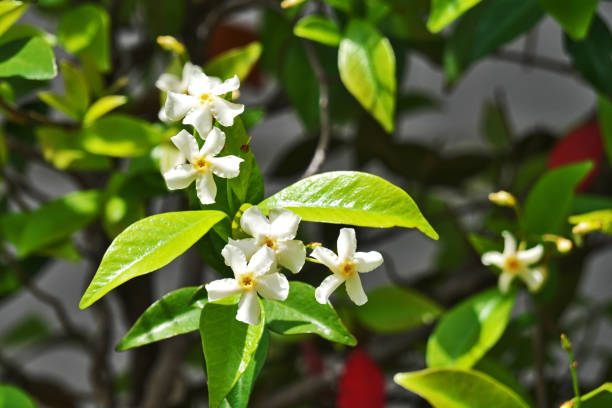
The jasmine tree, Trachelospermum asiaticum, ranges from India to China. It is perhaps the most popular type of Jasmine in cultivation. The tree is a shrub or small tree, reaching a height of about 10–15 m. The leaves are ovate-elliptic, 2–5 cm long and 1.5–2 cm wide, with serrated margins. The flowers are white with a strong but sweet lemony scent, bluish at night and flushed during the day. The flowers are borne in terminal panicles 25–35 cm long that resemble small white trumpets.
Madison Star Jasmine
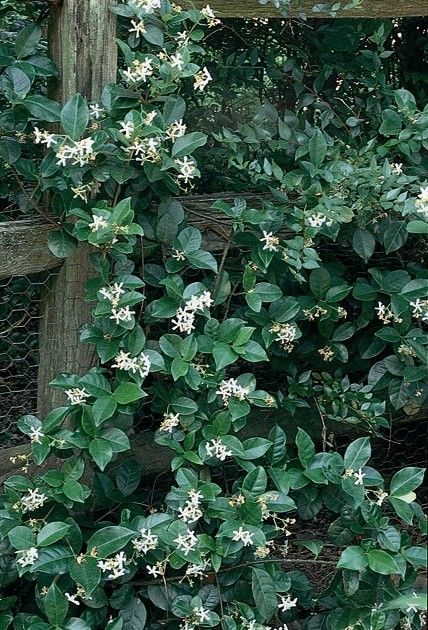
This Jasmine is vigorous, reaching heights of 36 in. It has fragrant flowers that are white with a blue-violet center and hang in clusters. This species blooms between April and July on semi-camouflaged plants. However, in colder climates, where a little extra heat is needed through the winter months, this beautiful Jasmine can be grown as an ornamental evergreen shrub or small tree.
Winter Jasmine
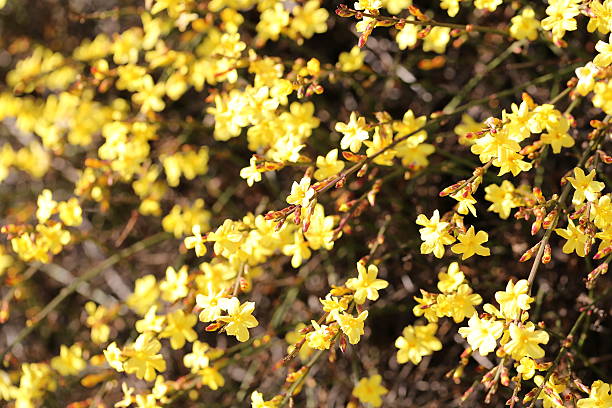
This plant is a member of the jasmine family and grows up to two feet tall. The flowers are purple-pink and are in bloom from May to July. An exciting feature of this is a single, long spike. It attracts hummingbirds in the summer because of its bright color and attractive flower heads, from which numerous flowers are produced. The low-growing plant can spread to eight feet across if space permits.
Star Jasmine
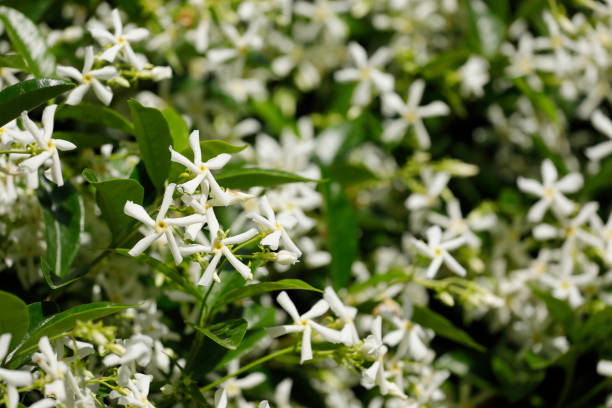
Though it can thrive in both full sun and full shade, partial shade is the best environment for it to thrive in. Star jasmine works well as a ground cover in the home garden because it tolerates a light tree canopy.
